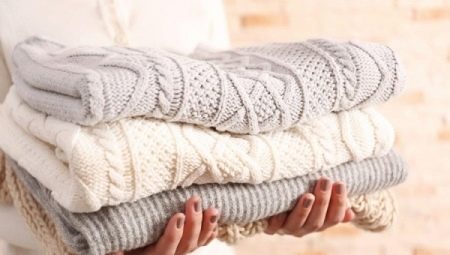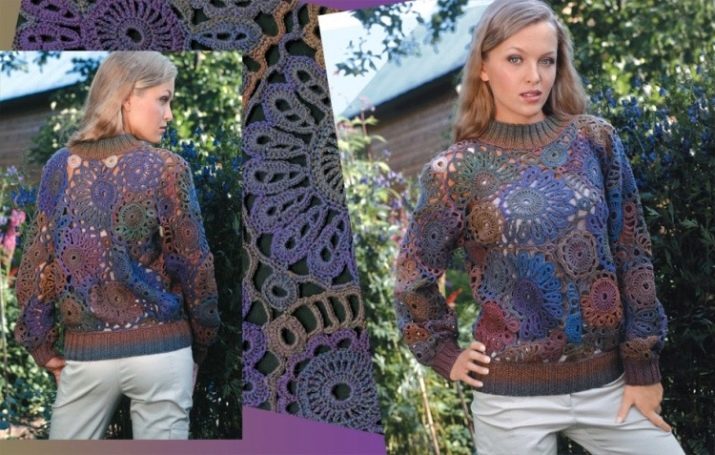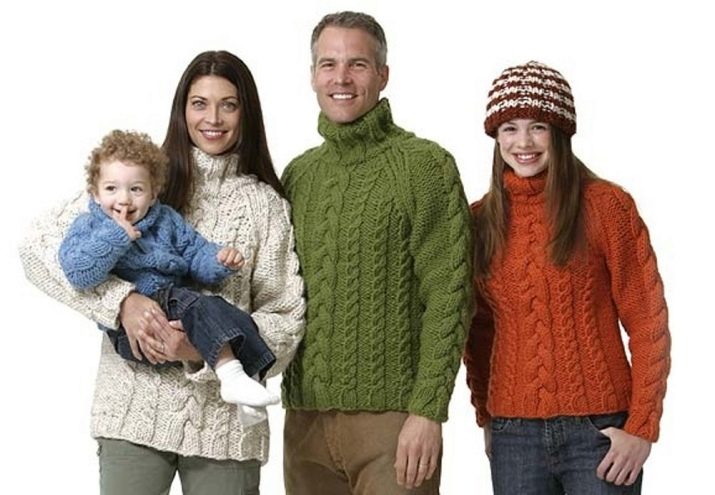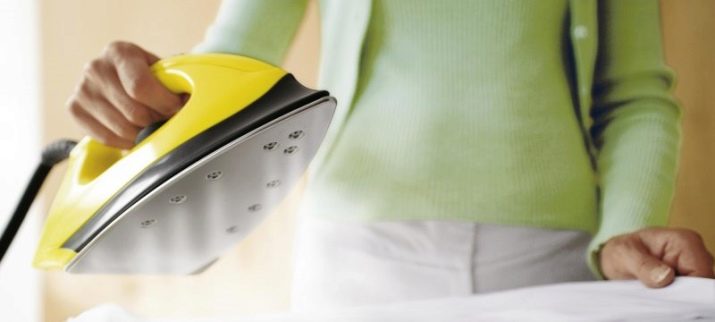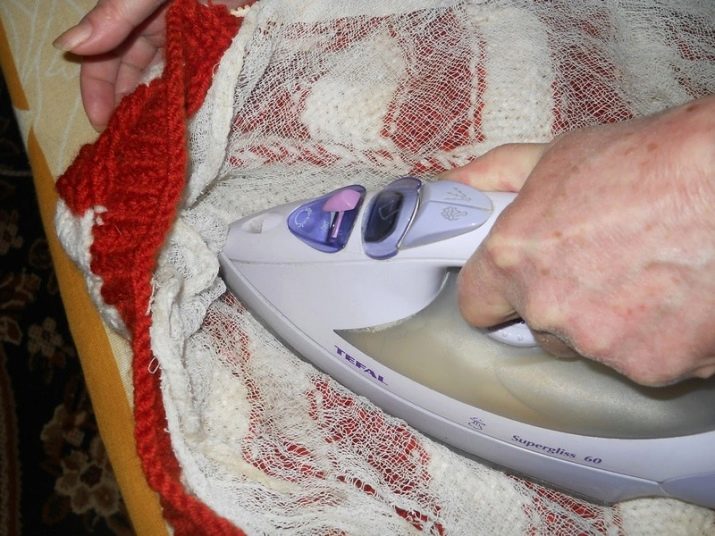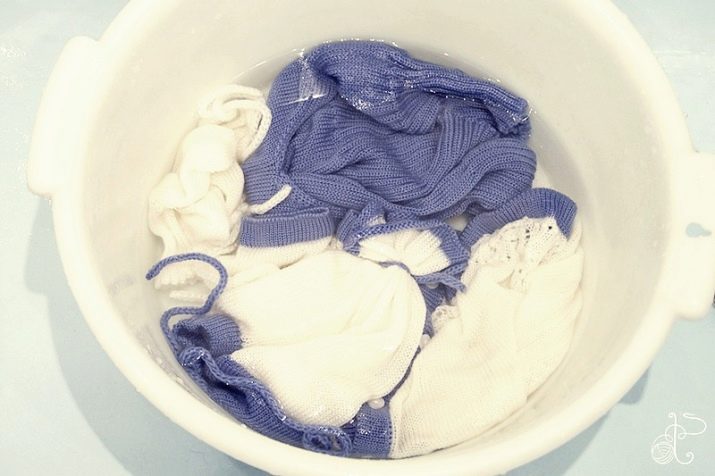Now, more than ever, hand-knitted items are popular. Craftswomen knitting needles and hooks are able to knit the most complex patterns, as many factory manufactures have not dreamed of. Instagram is full of pages with stunningly beautiful cardigans, hats and scarves. Handmade is extraordinarily widespread and enjoys well-deserved love from many, because every thing tied by hand is individual, made specifically for the customer and, as a rule, is worn with great love.
Care
With proper care, sweaters, hats and cardigans will last you several years without losing the original look.
But the usual "shop" knitwear is no less popular, especially with the arrival of autumn, and then the winter, which in Russian latitudes are rarely cold. First, in our wardrobe there are turtlenecks, cardigans and fluffy stoles, later - voluminous hats, sweaters with braids or jacquard, warm scarves and wool mittens with woolen socks. Both adults and children wear these things.
Of course, woolen, cashmere and acrylic knitted things need to be washed no less than fabric.as they become soiled when worn equally. However, both washing and ironing must be correct. Very many of them can be washed only by hand (especially hand-made things) at a temperature not higher than 30 degrees. It is better to use for washing special compositions for wool, many knitters “with experience” recommend for this shampoo with the conditioner “2 in 1”. If you decide to use a washing machine, only the delicate mode or the “for wool” mode will do. The number of revolutions during the spin cycle should be no more than 600, and better even less. Yes, a thing will dry much longer, but at the same time it will not stretch, it will not warp, it will remain symmetrical and even.
Removal of any kind of stains on a knitted product occurs before the main wash. To do this, you need to soak in warm water (about 30 degrees) and apply stain remover to the surface, either in liquid form or in the form of soap. Then you can wash the thing either in a typewriter or with your hands, as usual.
Dry such things laid out on a vertical surface., it is necessary to squeeze and unscrew them with great care, if there is a possibility, it is better to place them over the bath so that excess water will merge, and the product should not hang down or stretch. Well suited special clothes rack attached to the wall in the bathroom.
Steam treatment
After the product has dried, it needs a wet-heat treatment (WTO), and in most cases it can not be ironed. To give things the correct shape and alignment of the loops in its knitting, only an iron with the function “steam” or a steamer for clothes will be suitable.
The product must be carefully spread on the surface of the ironing board and cover it with clean gauze or cotton cloth, previously a little moistened with water. After that, the thing needs to be steamed using either the “steam” function on the iron or the steamer. If the thing is just connected, then the WTO should be conducted immediately after the end of the mating. So the canvas is straightened, the loops are made smoother, and the product takes the form that was originally conceived.
If for some reason you don’t have a new generation of iron at your fingertips, and you still need to iron the knitted product, any iron will do. However, it will be necessary to act very carefully in order not to burn a hole in a knitted fabric or leave a tan.
Similarly, you need to lay out the thing on the ironing board and cover it with a clean piece of gauze or cotton fabric. After that, using a spray bottle, spray clean water over the entire surface of the fabric. Next, transfer the iron lever to the maximum temperature, and, holding it very close to the product, but not touching it, drive it all over its area. This action requires great care and concentration, but the result, if you did everything correctly, will be exactly the same as if the steamer were used.
When stripping things knitted or crocheted, attention should be paid to the seams, if any. It is necessary to steam them in such a way that no ugly creases form at the places of stitching the product parts.
If there are no seams on things (for example, on sweaters and dresses, connected by raglan both on the top and on the bottom), they should be steamed so that there are no folds on the sides. It is best to gently pull the product on the ironing board and from all sides consistently handle hot steam. If the stitching was done with a knit stitch “loop to loop” (most often it can be found on hand-made things), then they are smoothed similarly.
In case you use a vertical steamer for steaming your knitwear, you can not lay out the products on the ironing board, and after they dry out hang on hangers for clothes. Steaming can be done directly on them. It must be remembered that by leveling the surface of the clothes in this way, you make it wet, and after finishing this procedure you need to let things dry out.
If the product is not made of natural wool or cotton (most often it is found in industrial production), for example, sweaters or scarves made of acrylic, there are some peculiarities in the care of it. Since this material is one hundred percent composed of synthetic fibers, it pollutes faster than natural. Wash it in water is not hotter than 40 degrees. If you do it by hand, in no case should you stick the stains on the clothes. They should be carefully rubbed with soap-stain remover and leave for the time recommended in the instructions. After this time, you need to gently rinse the thing and squeeze excess water out of it at the minimum.
If you wash acrylic in a washing machine, it is better to choose a mode for wool or a delicate wash, set the minimum number of turns during the spin cycle. You can use both washing powder and washing gel. But bleach - both independently and as part of detergent - can not be used.
As for steaming things from acrylic, it is very easy to spoil them, like products made from bamboo yarn, cotton or lurex. Therefore, the WTO should not be held at the maximum iron temperature. As for cotton threads, they have the property of strong shrinkage when stripping, in addition, it is very easy to put a spot on them with hot steam, therefore the WTO is carried out quickly and with a non-hot iron.
How to steam a knitted thing, see the next video.
